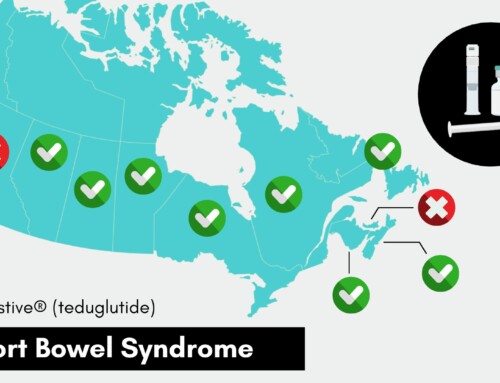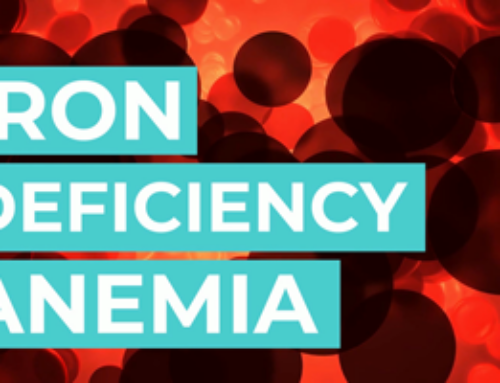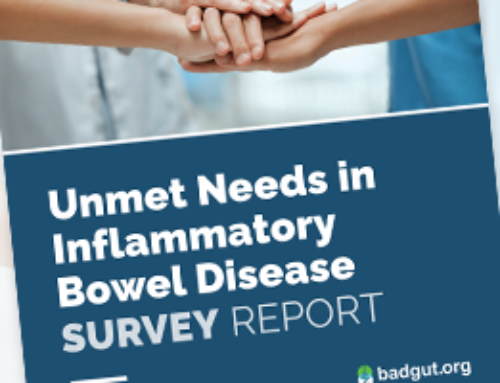Diverticular Disease Video
Watch our diverticular disease video below or click here to watch the video on YouTube.
Diverticular Disease Video Transcript
Diverticular disease, also known as diverticulosis, is the presence of small sac-like out-pouchings of the colon lining that balloon through the outer colon wall, called diverticula.
Diverticulosis can be present without noticeable symptoms, but might be associated with constipation and diarrhea. This condition is very common as we age, but still affects young people. More than 65% of those 85 years of age and older have diverticular disease. A person might have one diverticulum or hundreds of diverticula, which are typically less than 1 centimetre in diameter, but tend to increase in number and size over time.
In about 10-25% of cases, the diverticula become inflamed and/or infected, known as diverticulitis. This leads to distinct symptoms, including diarrhea, cramping, bowel irritability, intense pain, bleeding, bloating, and fever. The pain and tenderness is often felt in the left lower portion of the abdomen. Rarely, serious complications can occur, sometimes requiring urgent surgery.
Researchers aren’t sure what causes diverticular disease, but it does seem to be more common in those who don’t consume enough fibre. One theory is that pressure, such as straining during constipation, builds up inside the colon, causing the intestinal wall to balloon out between muscle bundles, which run both lengthwise and circularly throughout the colon.
To diagnose diverticular disease, a physician will likely consider your symptoms and might use a colonoscopy to observe the shape and function of the colon. During periods of flare-up, the bowel might be too tender to perform these investigations, and the risk of bowel perforation might be too high, so a physician might choose a CT scan or a procedure known as virtual colonoscopy (VC). Blood tests can also help analyze levels of inflammation.
The best way to avoid diverticular disease, and to manage it, is to consume a well-balanced diet, ensuring high-fibre content and adequate fluid intake. Fibre and fluid help soften stool, allowing it to move more quickly and easily, thereby avoiding excessive pressure against the colon wall.
However, treatment is quite different if you are experiencing diverticulitis. A physician will likely recommend an immediate transition to a restricted-fibre or liquid-only diet and physical rest, pain medications, and possibly antispasmodics. Although often used, there is growing evidence that antibiotics might not be needed in uncomplicated diverticulitis. In severe cases, you might need to be hospitalized for intravenous feeding so that the bowel may rest for a few days. If episodes become frequent, then surgical removal of the affected area might be necessary.
Once a diverticulum forms, it does not go away on its own. Therefore, it is best to try to prevent the disease from developing or progressing further by following a well-balanced, high-fibre diet, drinking adequate fluids, and staying physically active. Many people are able to live symptom-free with diverticular disease by making these lifestyle changes. Medical and surgical treatments are available for those whose disease is persistent. Read our full article on diverticular disease.
Diverticular Disease Video Credits
Producer & Script: Gail Attara
Narrator: Dr. James Gray
Animation: Tanya Gadsby, Drawing out Ideas
The Gastrointestinal Society thanks:
- James Gray, MD, CCFP, ABIM, FRCPC, Gastroenterologist; Clinical Professor, University of British Columbia, Medical Advisory Council Chair, Gastrointestinal Society
- Gail Attara, President & Chief Executive Officer, Gastrointestinal Society
- Morgan Amber, Information Coordinator, Gastrointestinal Society
- The Canadian Society of Intestinal Research
- British Columbia Ministry of Health (This video is made possible by a grant from the British Columbia Ministry of Health).
Disclaimer
Please note: The information and references contained in this diverticular disease video are intended solely for information and education. This information is not to be used for treatment purposes; only to drive discussion between the patient and the health care provider. The information presented here is not intended to diagnose health problems or to replace professional medical care, nor should it be considered a substitute for seeing a physician. All content, including text, graphics, images and information, contained in or available through this diverticular disease video is for information and education purposes only. The primary limitation with online resources is the inability to consider the unique circumstances of any given patient. If you have further questions, please consult a medical professional.
© 2016 Gastrointestinal Society






